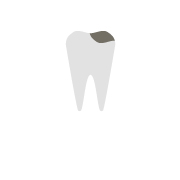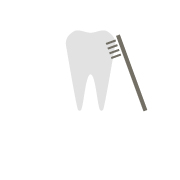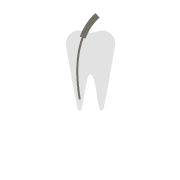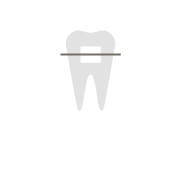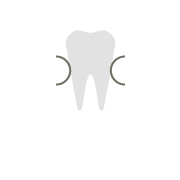Dentures
Denture
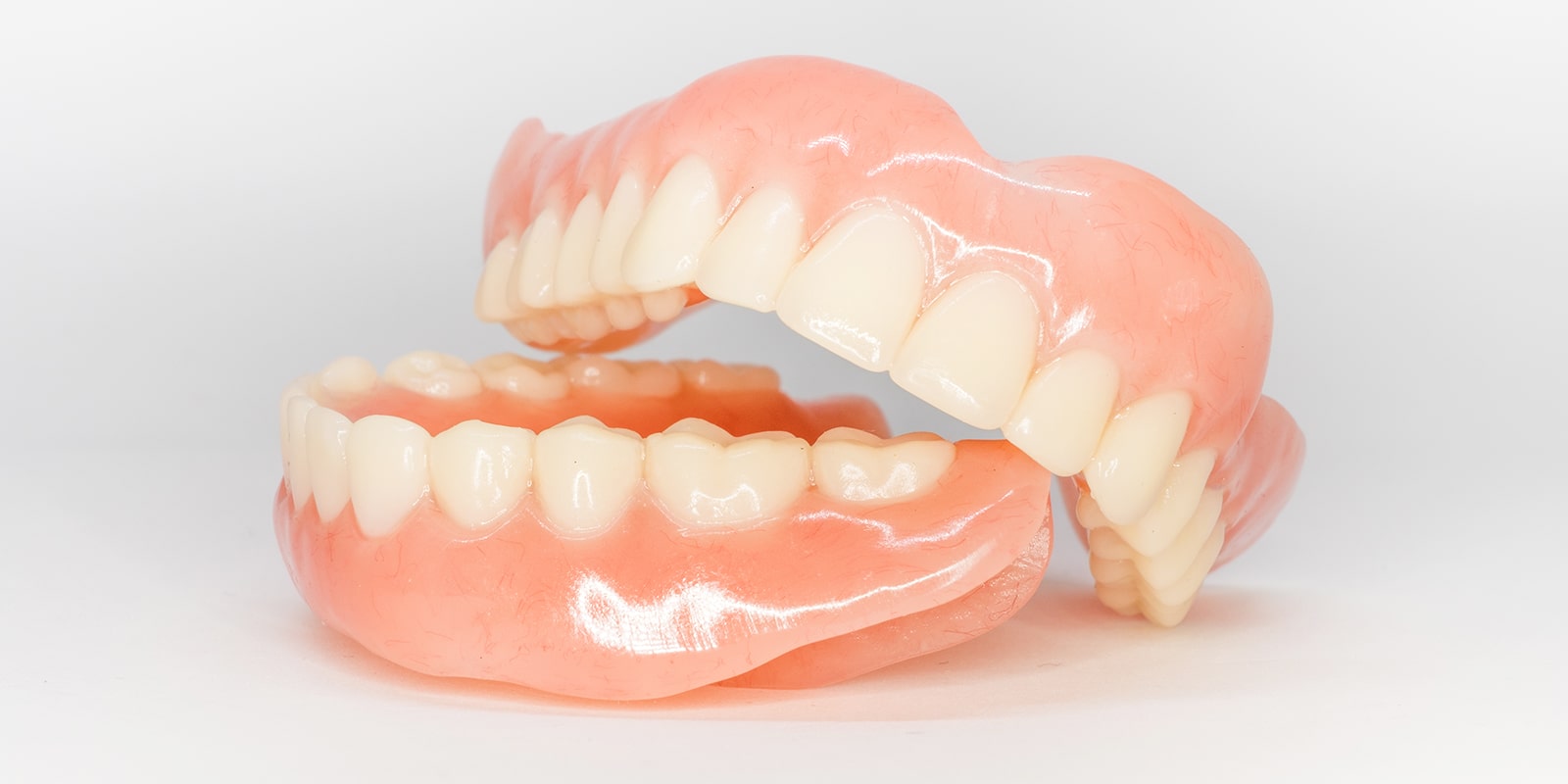
For those who are concerned about the appearance of the metal clasp, we offer non-clasp dentures. We may not be able to recommend this option depending on oral conditions. Please feel free to contact our office for more details.
Types of dentures
Dentures can be broadly classified into “full dentures” and “partial dentures.
full dentures
(e.g. no real teeth left)
In cases where there is no biting tooth, a large denture with an artificial tooth on a pink base is placed to adjust the biting ability.
It is often performed for patients who want to be able to bite anyway under insurance coverage, or for those who cannot undergo implant treatment due to systemic diseases or medications.
partial denture
These dentures are used only in areas where teeth are missing. If even one tooth remains, a partial denture will be made. The remaining healthy teeth are used to hold the denture in place.
For patients who have partially lost teeth, partial dentures are made with metal springs that are attached to adjacent teeth next to the artificial teeth.
Patients who do not mind wearing it every day. For patients who want to reduce the amount of tooth grinding as much as possible, since the amount of grinding is less than that of a bridge.
Material of Dentures
For insurance treatment
resin denture
The part that touches the gums is a plastic-like material called resin. It needs to be thicker to resist the force of biting, and some patients may complain of discomfort.
For self-funded treatment
metal denture
Dentures are made by covering the part of the denture that touches the gums with metal. The metal is also strong enough to provide the necessary strength for biting, so it can be manufactured thinly.
non-clasp denture
In the case of partial dentures, metal springs are attached to the remaining teeth to increase stability, but in areas where appearance is a concern, such as the front and lower teeth, the metal can be applied in places where it is difficult to see, using a material similar to the color of the gums to reduce the appearance of discomfort.
magnet
If some teeth remain, magnets are attached to the remaining teeth and to the dentures. The force of the magnets sticking together improves the stability of the dentures and allows the patient to eat with less discomfort. In addition, patients with no teeth can have implants with magnets attached to the heads of the implants, and dentures with magnets can be attached over the implants to provide a stable bite.
Treatment Flow
Counseling is the first step in the process of selecting the best option for patients who have lost teeth: implants, bridges, or dentures.
- Stencil printingA soft material such as alginate or silicone, which hardens in the mouth, is placed to recreate the condition of the mouth on a model.
- MeasureA prototype is placed in the mouth and measured to determine tooth length and bite position.
- Trying on clothesDentures with teeth in alignment are placed in the mouth to test bite and pronunciation.
- AdjustmentOnce the final dentures are in place, the tightening of the springs and meshing are adjusted to make them less uncomfortable.
- End of treatmentThe dentures are actually handed to the patient, who practices putting them on and taking them off and explains how to handle them.
- MaintenanceDuring regular checkups, dentures are cleaned, loose springs are tightened, and painful areas that hit while eating are shaved and adjusted.
The Difference Between Dentures and Implants
What is the appeal of dentures for patients?
Procedures to restore biting after tooth loss include implants, bridges, and dentures. Dentures are inexpensive because they are covered by insurance, and the preparation time is often relatively short. (except in cases of multiple missing teeth).
Differences in Maintenance
For discomfort or pain caused by unsuitable dentures, you will need to come to the dentist’s office for adjustment, but routine care and cleaning should be done at home, just as you would brush your teeth.


